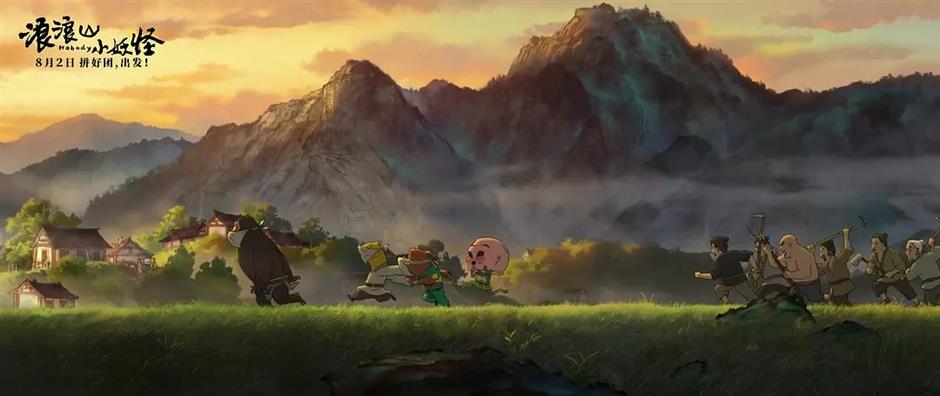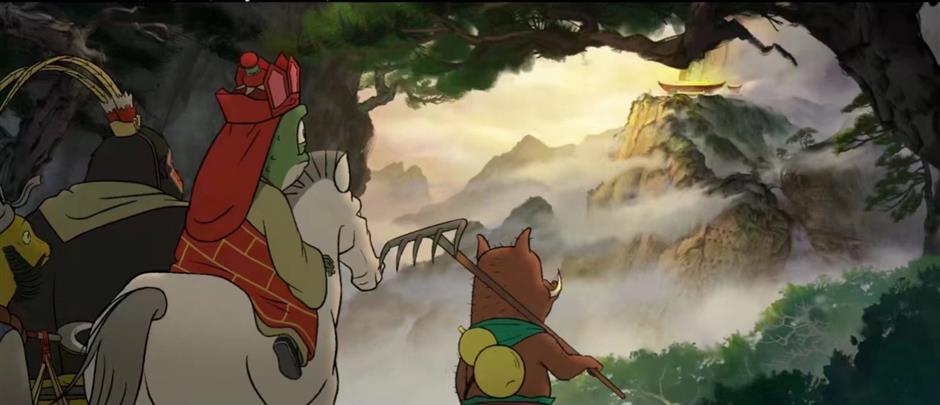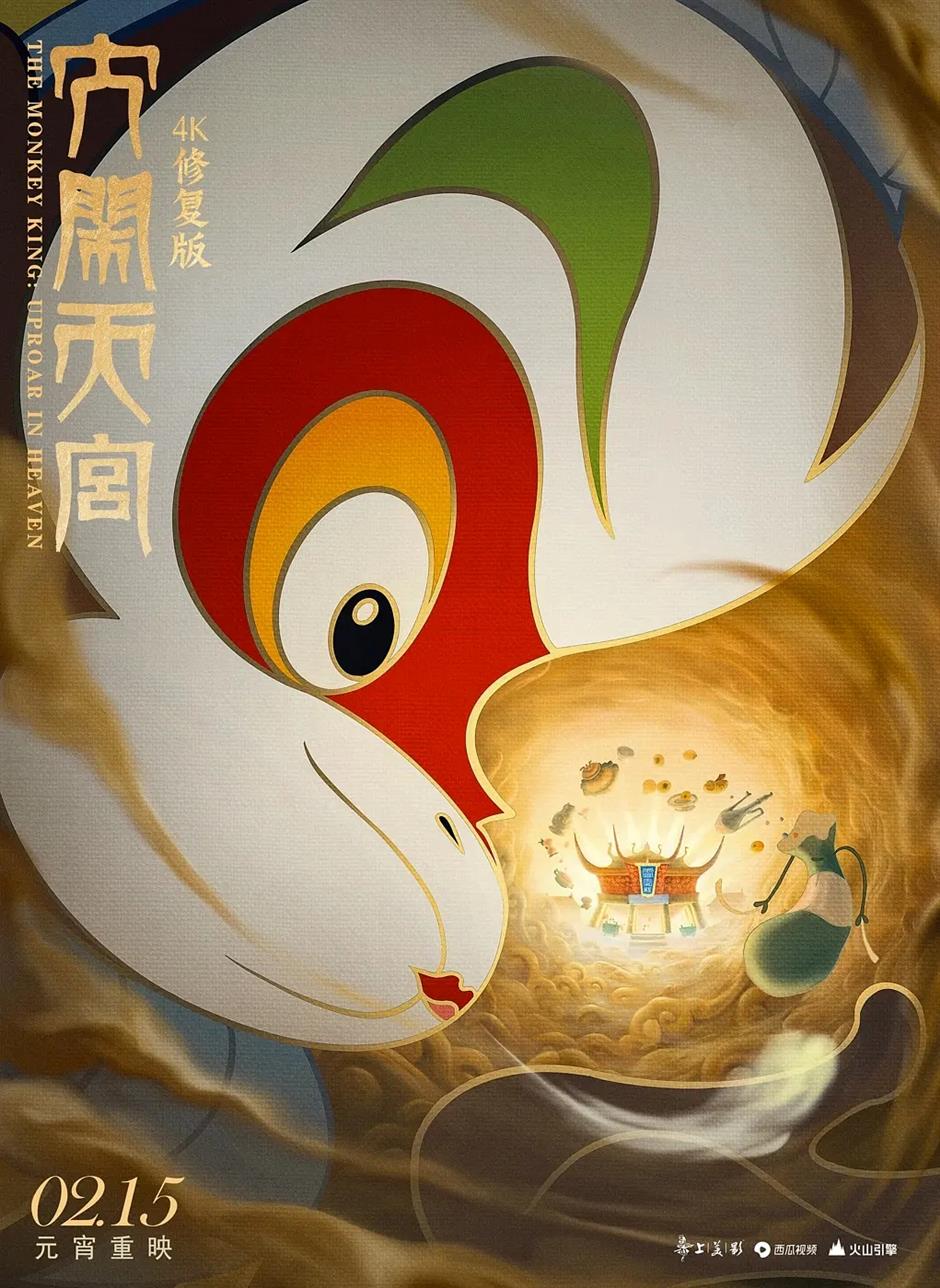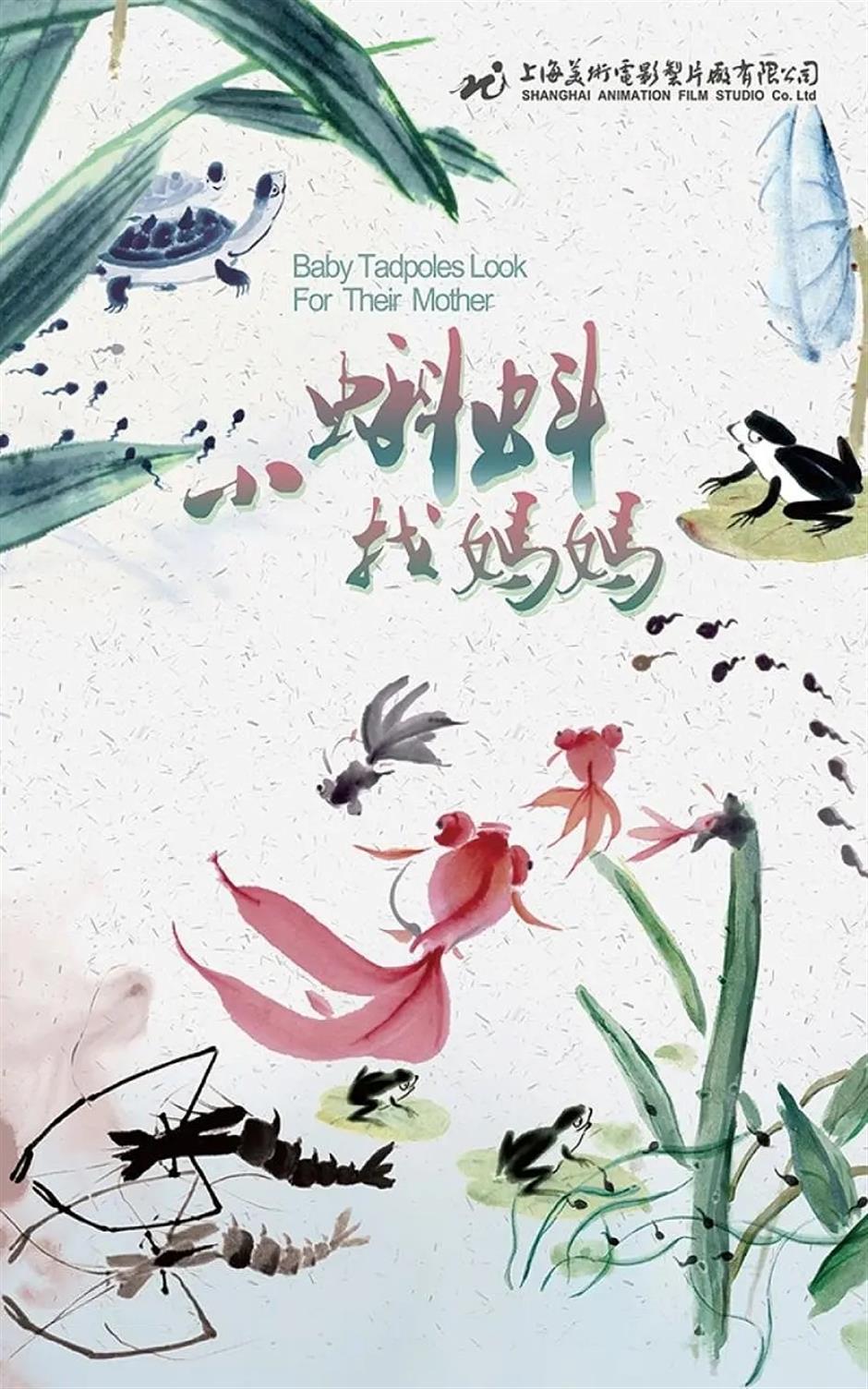今日上海
”浪浪山小妖怪“横空出世,风头盖过上海美影 - 2025年08月18日
Nobody steals the show like Shanghai Animation

"Nobody" has become the highest-grossing domestic 2D animated film in Chinese cinema history.
The animated feature film "Nobody" has been a box office sensation. The film is a sequel to the short film of the same name, which was released two years ago and depicted the tribulations of anonymous characters.
According to box office tracker Beacon, "Nobody," which hit the theaters nationwide on August 2, received an amazing 8.6 rating on Douban as of August 12. Its current box office receipts have surpassed 627 million yuan (US$87.2 million).
It has also broken the previous record of 573 million yuan set by "Big Fish & Begonia" (2016), making it the highest-grossing domestic 2D animated feature in Chinese cinema history.
With merchandise sales surpassing 7 million yuan, it has created a frenzy, confirming its status as the premier family-friendly option for the summer season.
"Nobody" adopts the worldview framework of the short-film version and is the first animated feature film in Shanghai Animation Film Studio's "Yao-Chinese Folktales" series. Drawing inspiration from the ancient Chinese literature classic "Journey to the West," it tells a completely new story set in a "parallel universe."
The story follows four small monsters – a pig monster, a toad monster, a weasel monster and an orangutan monster – who impersonate the Tang Monk and his entourage as they travel westward.
They set out on their journey, only to face innumerable challenges and perils along the way, continuously testing their determination and courage.
Screenwriter Liu Jia said that director Yu Shui's insights influenced the character choices. She pointed out that while the original story features representations of its main protagonists, many of the smaller monsters remain largely unexplored.
"We wanted to adopt the perspective of these nameless beings," Liu said. "They are much closer to us, and their inner worlds and lives deserve our attention."

"Nobody" is the first animated feature film inspired by Shanghai Animation Film Studio's "Yao-Chinese Folktales" series.
The film's creative team explores these "previously unwritten characters" by employing the notion of "low-level monsters impersonating heroes."
Despite their fake identities, their determination to travel is genuine, and the conflict between grave intentions and ludicrous methods generates a sense of laughter.
The film is regarded as a tribute to numerous cinematic masterpieces, cleverly combining the cultural memories of different generations.
Film critic Li Du identified specific references: the crow monster wearing a "9527" work badge in the film pays homage to Stephen Chow's comedy film "Flirting Scholar" (1993), and the weasel monster's lines perfectly replicate Internet memes parodying the 1986 TV adaptation of "Journey to the West."
The heroic sequence of the pig monster wearing a crimson combat robe and fighting swarms of enemies recalls the 1980s animated series "Dragon Ball."
At the creative and technical levels, the film masterfully captures the world of "Langlang Mountain," which is steeped in traditional Chinese culture but bursting with fanciful imagination, exhibiting its vast cultural legacy and innovative audacity.
"With the changes of the times and technology, the aesthetics and demands of the audience are also evolving," said film producer and artistic director Chen Liaoyu. "Our creative approach is to seek inspiration from traditional Chinese culture while integrating contemporary elements."
Over 600 production staff members carefully created over 1,800 shots and 2,000 scenario concepts, merging traditional Chinese painting with cinematography's dynamic lighting and spatial depth.
The team created an AI brushstroke database using over 2,000 original ink wash paintings from various dynasties to bring the foggy mountain clouds to life on screen, creating a flowing scroll painting with Eastern aesthetic beauty.
Shanghai Animation Film Studio celebrates its triumphant comeback with this successful film.

The film's universal theme resonates profoundly with its audience.

Shanghai Animation Film Studio has produced many masterpieces such as "Uproar in Heaven" (1961).

"Baby Tadpoles Look for Their Mother" (1960) brings Qi Baishi's artworks to life.
Looking back at history, it once defined the golden age of Chinese animation with masterpieces like "Uproar in Heaven" (1961) and "Nezha Conquers the Dragon King" (1979). The former involved Peking Opera masks and elements of Dunhuang murals, manifesting in an impressive 154,000 hand-drawn frames.
Cinematic works such as "Baby Tadpoles Look for Their Mother" (1960) captured the essence of traditional Chinese painting through simple lines and subtle ink washes, bringing Qi Baishi's artworks to life. The varying shades of ink turned the animation into an artistic delight and immersed viewers in the feeling of being part of a traditional art piece.
However, the studio encountered dual dilemmas of creative systems and industrial transformation during the wave of television popularization in the 1980s, where traditional aesthetics clashed with industrial production. Additionally, the influx of Japanese and American animations also posed significant challenges for the Chinese animation industry at that time.
Today, the studio reclaims its place in the spotlight with the animated feature "Nobody." Strategically planning the full industrial chain development of IP, it has implemented a dual-track operation of "content and commerce."
Backed by its foundation in various classic animation IPs and the rich treasure trove of Chinese culture, the rebirth of Shanghai Animation Film Studio is just around the corner.
The success of "Nobody" is expected to encourage Chinese animators to conceive more creative, touching and thought-provoking stories catering for people of all ages. The film's universal theme resonates profoundly with its audience.
Director Yu Shui expressed his intention: "I hope this film can meet the needs of audiences across all age groups. Children might enjoy the amusing scenes and segments, while adults can perceive the underlying values it conveys."
The journey of the four little monsters delivers the message that "heroes are defined by their deeds, not their origins." No matter one's background, the heart that strives for excellence is equally precious.
The concluding dedication, "To the brave selves we once were," also stands as a tribute to the inherent strength within every ordinary individual. As one viewer aptly put it: "The true emotional core isn't a 'nobody' striving to become a 'somebody,' but finding the courage to stay true to oneself after enduring hardship and failure."
Source: Shanghai Daily
